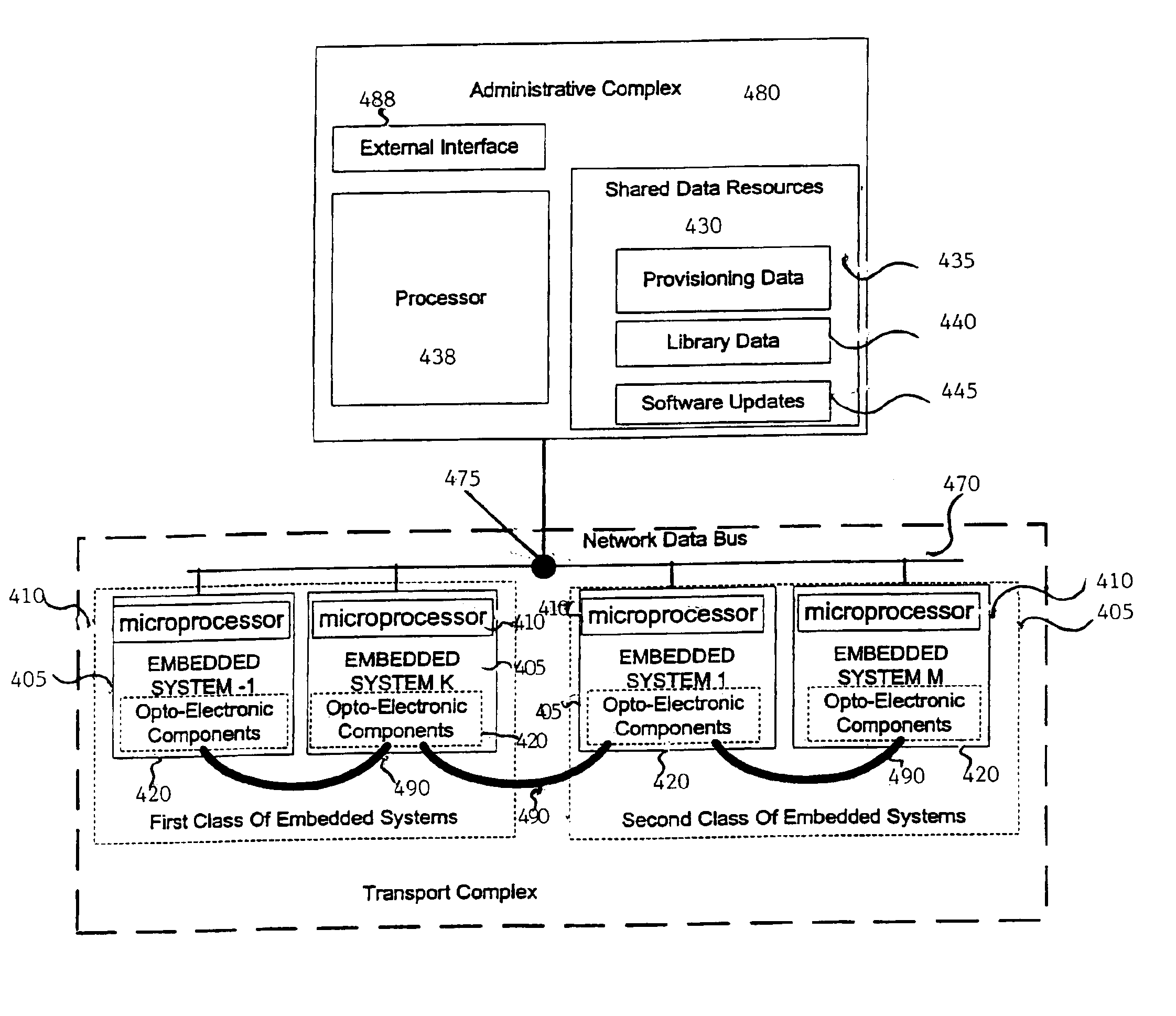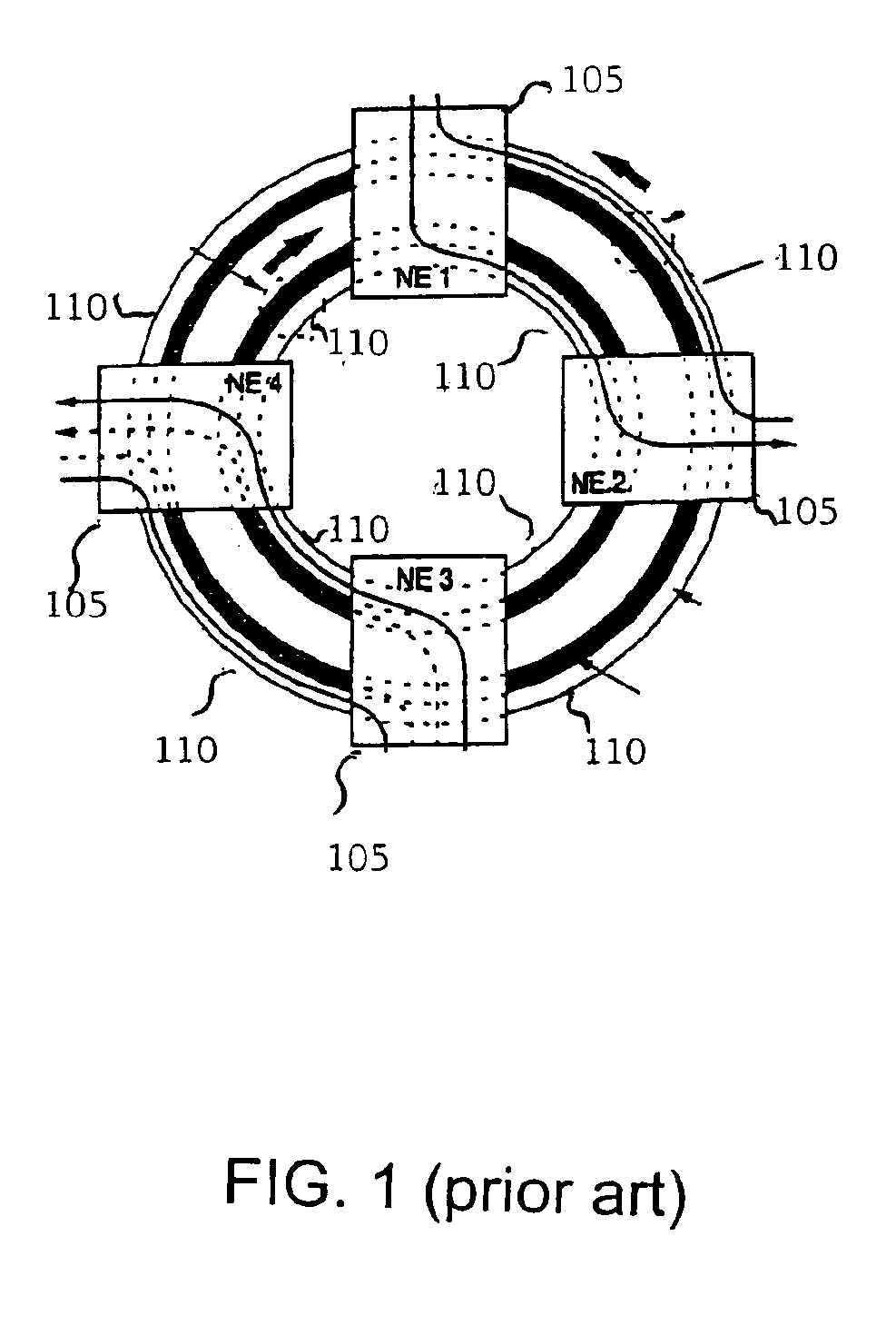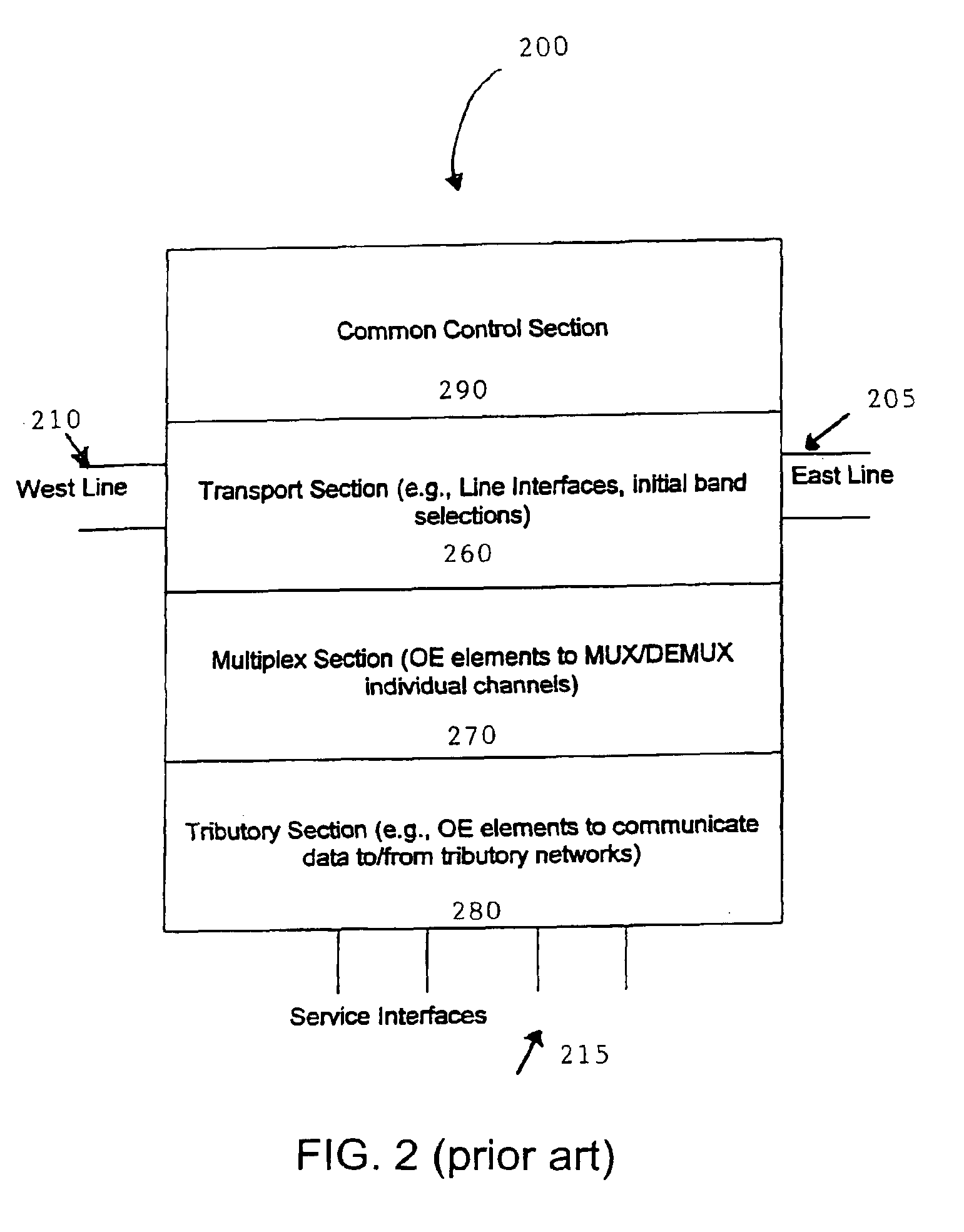System and method for staggered starting of embedded system modules in an optical node
a technology of embedded system and optical node, which is applied in the direction of program control, digital computer details, instruments, etc., can solve the problems of unfavorable delay, congestion/overload condition, and failure to start/reboot, so as to reduce congestion of data bus, prevent overloading of central processor, and improve the effect of ra
- Summary
- Abstract
- Description
- Claims
- Application Information
AI Technical Summary
Benefits of technology
Problems solved by technology
Method used
Image
Examples
Embodiment Construction
[0024]An optical node having embedded system modules may include a plurality of embedded systems that require a shared data resource, such as provisioning data, to complete the starting of the embedded system modules. The starting may be an initial starting of the embedded system modules or subsequent restarts. The present invention generally includes a system and method for staggering the starting of the embedded system modules during a boot / reboot, such as boot / reboot that may be necessitated by an initial set-up of the optical node, a power failure, by an abnormal condition in one or more of the electrical systems of the optical node, or a boot / reboot required after servicing / upgrading hardware or software components of the optical node.
[0025]FIG. 4 shows an optical node 400 including a plurality of embedded system modules 405. Each embedded system module 405 may include one or more opto-electronic components 420. A microprocessor 410 residing on the embedded system module 405 ma...
PUM
 Login to View More
Login to View More Abstract
Description
Claims
Application Information
 Login to View More
Login to View More - R&D
- Intellectual Property
- Life Sciences
- Materials
- Tech Scout
- Unparalleled Data Quality
- Higher Quality Content
- 60% Fewer Hallucinations
Browse by: Latest US Patents, China's latest patents, Technical Efficacy Thesaurus, Application Domain, Technology Topic, Popular Technical Reports.
© 2025 PatSnap. All rights reserved.Legal|Privacy policy|Modern Slavery Act Transparency Statement|Sitemap|About US| Contact US: help@patsnap.com



